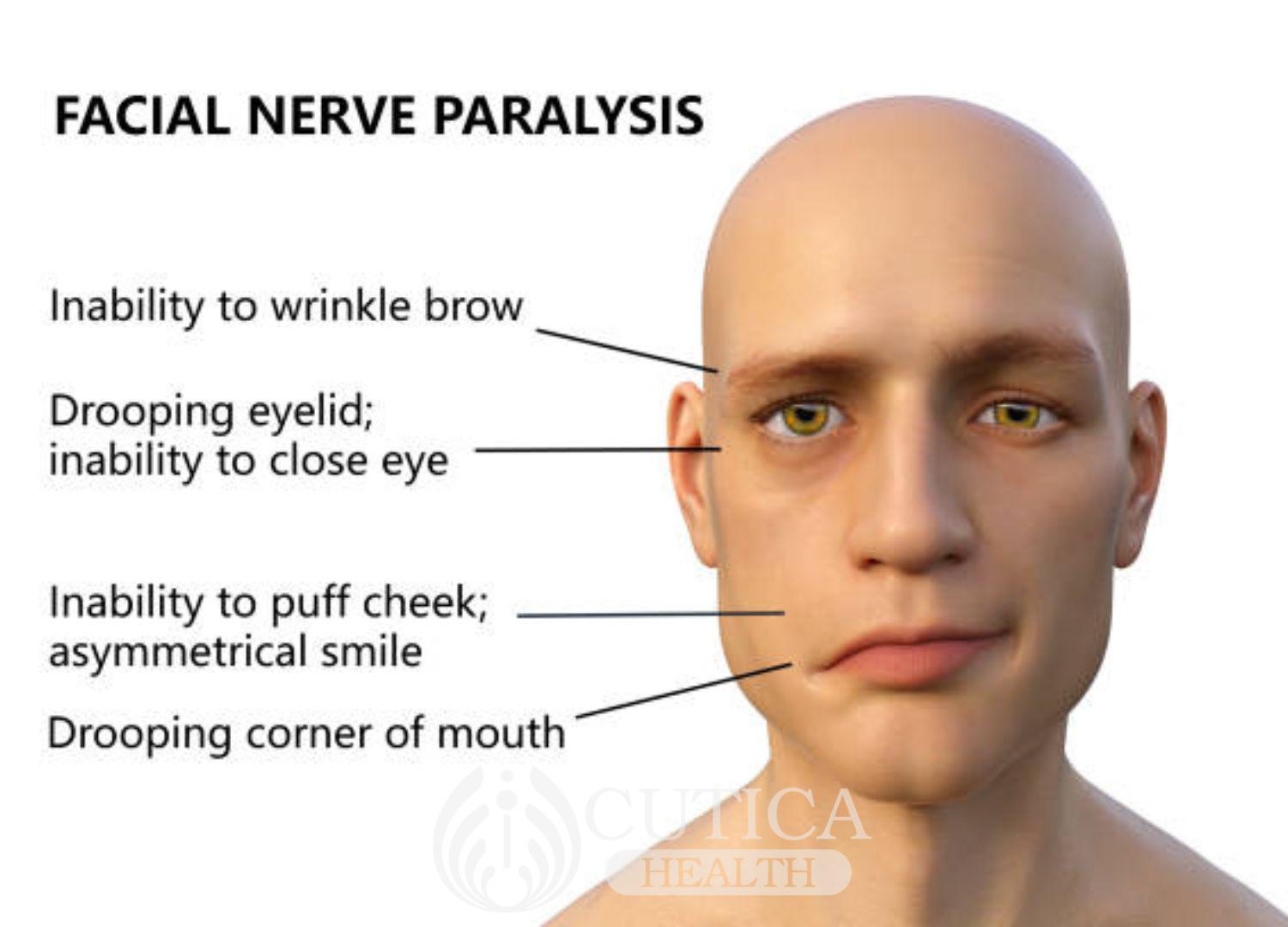
Jenny was a young, ambitious woman who had just landed her dream job as a marketing manager. She was on top of the world and couldn't wait to start her new role. However, one morning, the young lady woke up to a shocking discovery. Half of her face was paralyzed, and she couldn't close her right eye or smile on that side. Jenny was devastated, and all she could think about was how this sudden change would affect her new job and life.
Introduction
Bell's palsy is a medical condition that causes temporary facial paralysis, often on one side of the face. Bell's palsy is believed to be related to inflammation of the facial nerve, which controls the muscles in the face. Some viral infections are thought to play a role in this inflammation.
Symptoms of Bell's palsy
The symptoms of Bell's palsy include:
- Weakness or paralysis on one side of the face
- Difficulty closing the eye on the affected side
- Drooling
- Sensitivity to light, ringing in the ears, and facial or ear pain

Diagnosis
Bell's palsy is usually diagnosed based on the symptoms, with no specific test required. However, in some cases, a doctor may order an MRI (medical resonance imaging) or CT scan to rule out other conditions, such as a stroke or a tumor.
Treatment
The condition generally improves on its own within a few weeks to a few months. However, some people may benefit from medication or physical therapy to help manage symptoms and improve recovery.
Medications: Anti-inflammatory drugs, such as corticosteroids, can help reduce inflammation and swelling of the facial nerve. Antiviral medications like acyclovir are often prescribed as well, though it is uncertain how helpful antivirals are.
Physical Therapy: Facial exercises can help to improve muscle strength and movement on the affected side of the face. Physical therapists can also teach patients how to perform these exercises and use facial aids, such as tape or weights, to hasten recovery.
Coping with Bell's palsy
Living with Bell's palsy can be challenging, both physically and emotionally. It's essential to take care of oneself and seek support when needed. Some tips for coping with Bell's palsy include:
- Talking to a counselor or support group: Talking about feelings and experiences with others who are experiencing or have experienced the condition can be helpful and provide a sense of community.
- Staying positive: While the condition can be frustrating, staying positive and focusing on recovery are essential.

Conclusion
Bell's palsy can be a challenging condition, but it is temporary. Everyone's experience with Bell's palsy is unique, and recovery time can vary.












